What Are Insoles?
Shoe inserts or footbeds, commonly known as insoles, are specially made additions that are inserted inside shoes to make the feet more comfortable and aligned better. They perform many functions from providing cushioning to taking care of particular foot related problems.
Insoles are made from diverse materials such as foam, gel or rigid orthotics each with distinct benefits. An example is foam insole which cushions and absorbs shock while an orthotic insole aligns the foot by addressing overpronation conditions and flat feet.
These inserts come in different shapes and sizes that can fit various types of shoes and different sizes of feet. Whether off-the-shelf or custom-made, they offer a versatile approach towards improving footwear comfort and dealing with foot problems.
Types of Insoles
Insoles come in different forms meant for separate needs depending on the feet condition. Understanding these differences helps find the right one for personalized support and comfort.
Arch Support Insoles
These aim at offering support to the arches of the feet. They have varying heights for high, medium and low arches thus giving stability as well as alignment so as not to strain them causing discomfort.
Cushioned Insoles
Made mostly from soft stuff like gel or foam, cushioned insoles seek better overall comfort through absorbing impact that reduces pressure on your legs. Additional padding is required by people putting on shoes.
Orthotic Insoles
Orthotic heel cups are designed specifically to address issues with foot alignment sIt also helps when you have plantar fasciitis, overpronation or supination . These ones provide personalized assistance in correction irregularities during gait cycle hence reducing pain feeling.
Performance Insoles
Performance insole caters mainly for sportsmen enhancing their performance during sporting activities leading to reduction of possibilities getting injured during exercises . Most often these come along with sophisticated technologies of shock absorbers, stability and cushioning.
Heel Cups and Pads
hese insoles are designed to relieve pain and discomfort in the heel area by providing additional support and cushioning. They help with conditions such as Achilles tendonitis or heel spurs.
Each type of insole serves a specific purpose, and choosing the right one depends on individual needs, foot structure, and the intended use. For example, someone who has flat feet may benefit from using orthotic insoles while a runner might prefer performance ones for more support and shock absorption.
Benefits of Using Insoles
Improved Comfort
Insoles play a major role in making shoes more comfortable to wear overall. Through adding an extra layer of padding and support to our soles they help remove pressure points that cause pain in our feet when we stand or walk for long or are involved in activities.
They also tend to distribute weight evenly across the foot thus preventing overloading certain parts of it. The use of such soles helps those suffering from tired feet after wearing unsupportive shoes since comfort levels significantly improve when you have them.
The shock absorption feature reduces impact on walking or running surface thereby resulting into more pleasant experiences wearing shoes.
Enhanced Foot Support
advantages of using insoles is the improved support they offer to the feet.
Whether addressing arch support, heel cushioning, or overall foot alignment; these soles help you maintain good body position as well as stable equilibrium .
Insoles that have been designed to support the arch, help with arch collapses and reduce tension on the plantar fascia. Moreover, heel cups or pads are a source of comfort and stabilize the heel hence relieving pain as well as for example plantar fasciitis conditions.
Additionally, insoles made for specific foot problems such as overpronation or supination also assist in rectifying abnormal foot mechanics which eases strain on muscles and joints.
Cure of Foot Diseases
Insoles are an important tool in management and mitigation of discomfort occasioned by various feet related diseases. Conditions like plantar fasciitis, flat feet, or bunions can significantly benefit from appropriately selected insoles.
Take orthotic insoles for instance; they are constructed to offer personalized support to correct misalignment caused by high arches or over pronation which normally causes pain.
Insoles thus become a non-invasive way of handling chronic foot problems since they do not involve surgery while reducing symptoms leading to increased mobility and lesser pain.
Choosing Insoles Rightly Deciphering Your Foot Kind
Choosing appropriate insoles is possible only after establishing your kind of feet. People vary regarding their arch types ranging from high, medium and low thereby influencing what they require while supporting them.
On one hand people who have flat feet may benefit from using insoles which offer more arch support while those with high arches need cushioned supports that will relieve some pressure upon them respectively.
High Arches
For individuals having high arched feet then inserting an additional cushioned sole into shoes will distribute weight evenly hence reducing the amount of stress across your legs which eventually leads to proper alignment among these body parts at large.
Medium Arches
People with medium arched soles might find general-purpose soles offering moderate support and cushioning adequate enough to keep their legs comfortable and properly aligned.
Low Arches/Flat
Feet
To prevent over-pronation and stabilize the foot, those with low arches or flat feet often need insoles with strong arch support.
Specific Needs and Activities
Different activities require different features of insoles. For instance, high-impact sports people may prefer shock absorption and stability adding insoles while ones who stand for too long might choose soles which have excellent cushioning to reduce pressure on their feet.
Running and Athletic
Activities
Performance insoles designed for running or sports provide targeted support and cushioning in areas prone to high impact, reducing the risk of injury and enhancing performance.
Work or Standing for
Extended Periods
Insoles featuring extra cushioning and support cater to individuals spending long hours on their feet, minimizing discomfort and fatigue.
The choice of right insoles is based on foot structure as well as intended activities. Therefore, knowledge about individual foot mechanics helps to select proper support as well as comfort ensuring that overall foot health and wellbeing are taken care of.
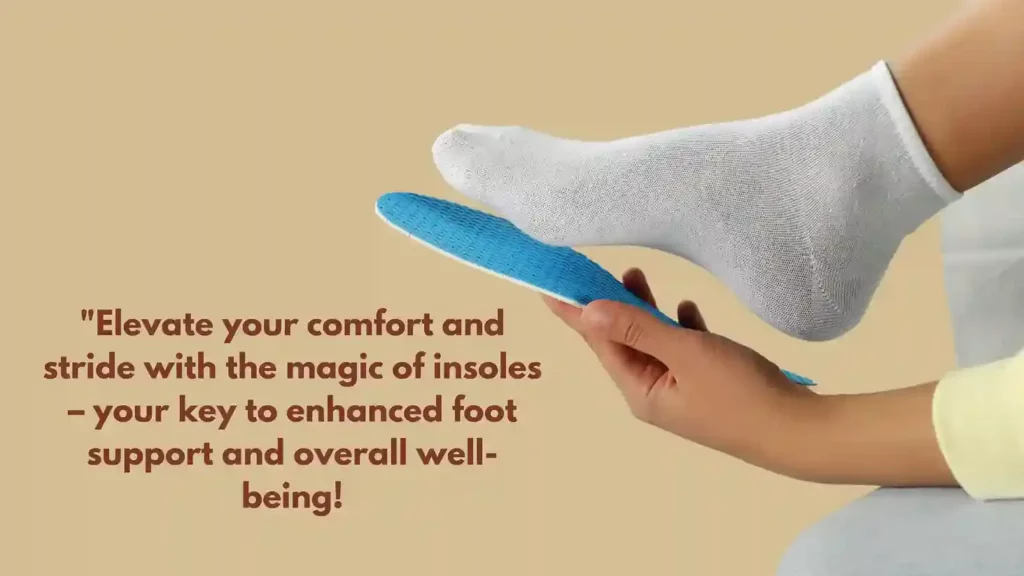
Using Insoles Correctly And Taking Care Of Them
Placing And Sizing
In maximizing their effectiveness, these inner soles should be properly positioned within the shoes they are put into. The size of a shoe must match that one of an inner sole otherwise there will be folds or bunching hence causing uneasiness when walking around with them inside your shoes. If required by some types of inserts you can trim their edges so that they fit correctly into your shoes.
Fitting Method
Place them flat on top inside out without crowding toes touching any part underneath such all covers completely including up towards its uppermost edge being adjusted fitting snugly but not uncomfortable at all; just make sure that these never compress themselves altogether during this process leaving space between these two surfaces instead leaving least crowded room area where your toe feels no pressure whatsoever.
Matching Your Shoes
There are some special designs of insoles made for particular shoe styles since a number of shoes have limited spaces to accommodate thicker ones.
Making Sure They Last
The durability and effectiveness of insoles can be enhanced by regular maintenance.
Cleaning Routine
Replacement Schedule
Insoles, over a period of time, suffer from wear and tear which leads to loss of their supportive features. They should be replaced periodically more so if they are compressed or worn out. Proper insertion, fit, and maintenance of insoles not only maximize their benefits but also guarantee hygiene and comfort. These can still be effective after cleaning and replacing them at regular intervals to continue providing support and comfort.
Potential Issues and Solutions
Discomfort or Adjustment Period
Some new insoles might be strange to wear on the feet when it first comes out; as this is due to the fact that your foot is trying to adapt itself to some supports while walking different. Thus there are measures that can alleviate this process.
Gradual Use
Firstly, wear your new ones in short periods of time before increasing the time gradually as your feet start getting used to them.
Proper Break-in
Give the inserts enough time for adjustment with your feet; sometimes most inserts would mold themselves better after a few days of continued use hence fit better resulting into a comfortable feeling when walking around.
Compatibility Issues
Sometimes fitting some shoe types will not make certain kinds of insoles compatible with shoes thus making them uncomfortable or misaligning them so getting rid of these difficulties may require exploring other alternatives or seeking advice from professionals.
Expert Consultation
Seeing a podiatrist or footwear expert might help establish what type of insole is best suited for your individual foot type along with shoe style thereby addressing compatibility issues.
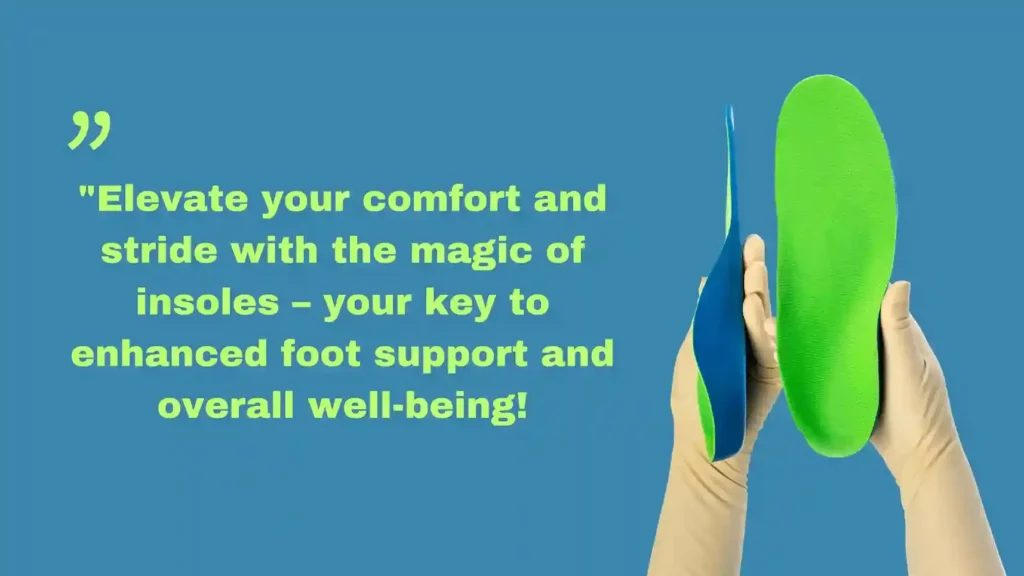
Exploring Options
lso consider using other forms such as brand specific designs intended for unique shapes or sizes among many others according to suitable pairs available in the market. Comfort during break-in phase and matching between shoes and insoles are important for enjoying the positive effects of using insoles.

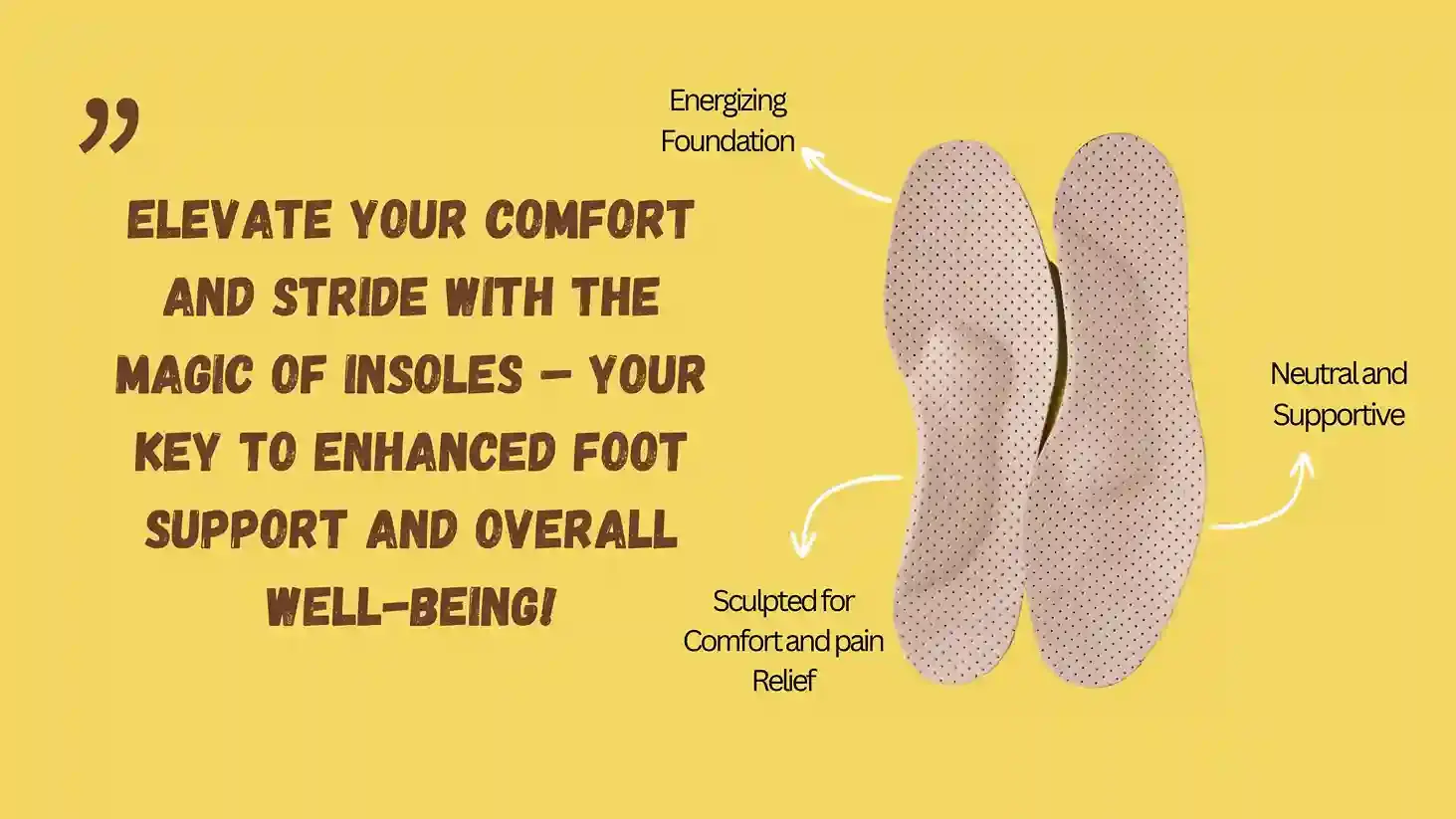
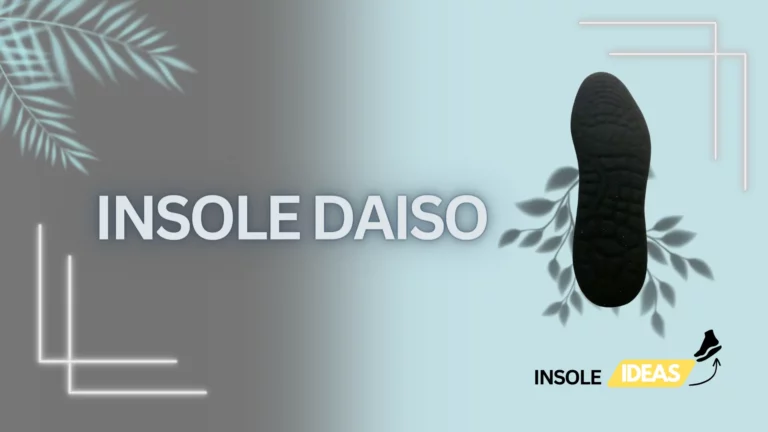
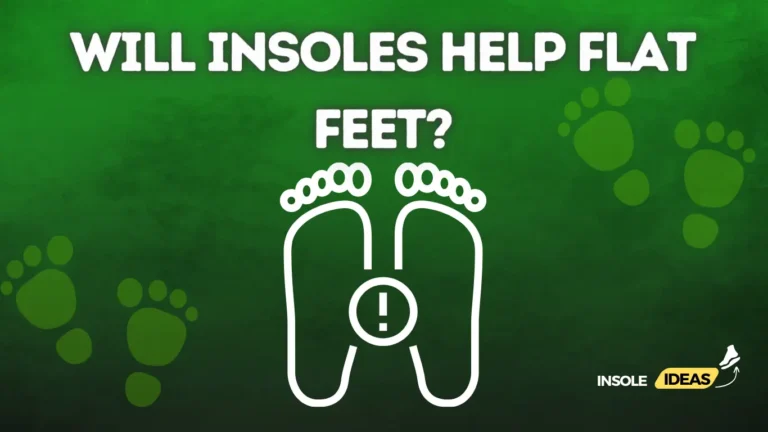
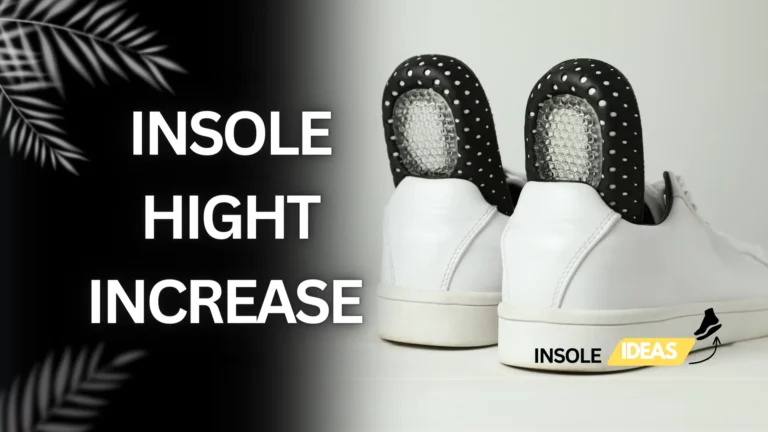
9 Comments